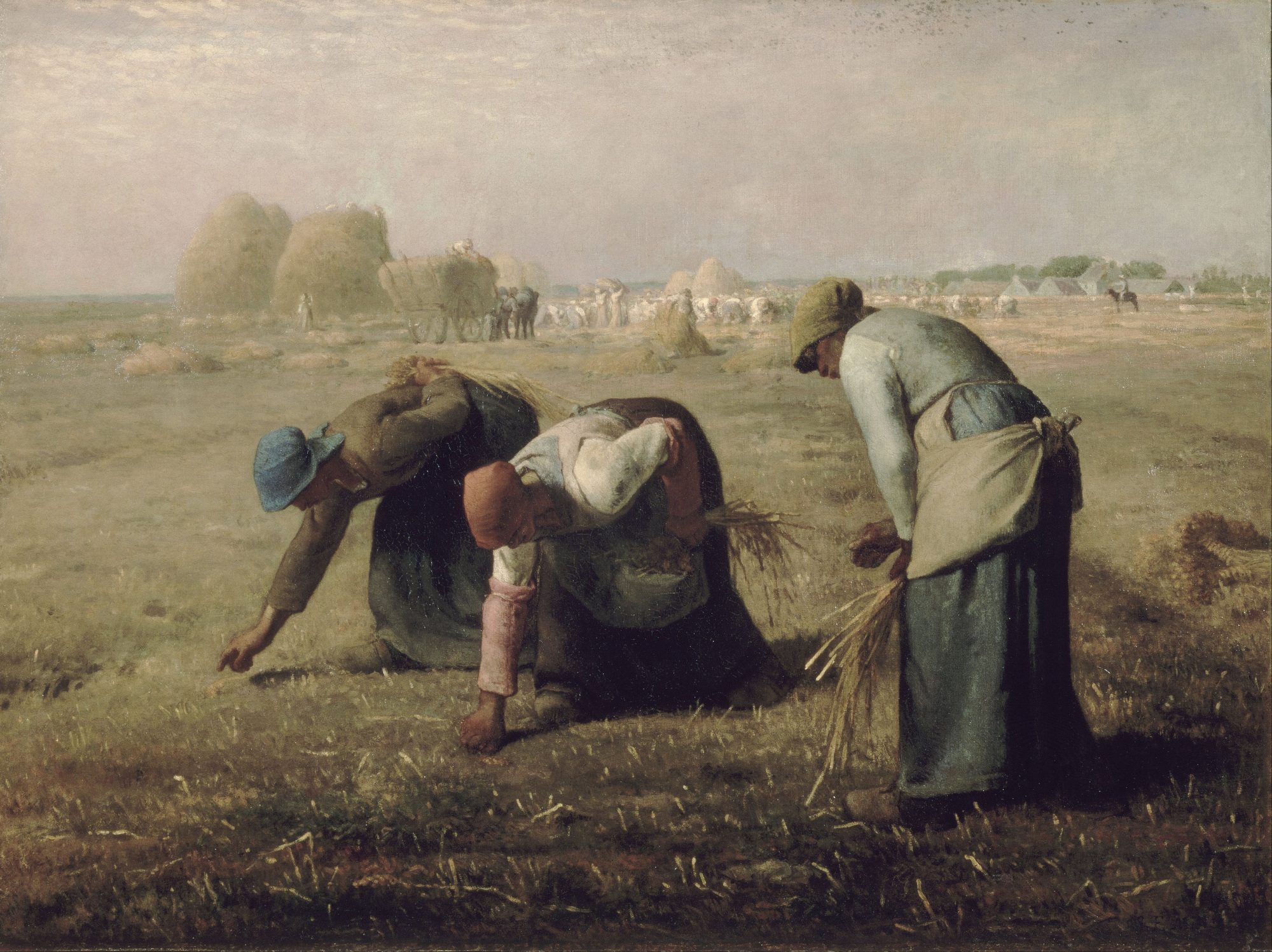Realism: A Focus on Everyday Life

Realism was an art movement that emerged in the 1840s in France as a reaction against Romanticism. While Romanticism emphasized idealized subjects and emotions, Realism sought to depict the world as it actually was, focusing on the ordinary and everyday.
Realism extended across various art forms, including visual art, literature, music, and theater. Realist artists often drew inspiration from scenes of everyday life, such as poverty, labor, and rural life. They employed precise techniques to create images that seemed to be drawn directly from life.
Key Characteristics of Realism:
- Focus on reality: Realists aimed to depict the world as it truly was, avoiding idealization or romanticism.
- Accurate technique: Realists used precise techniques, such as natural lighting, realistic colors, and detailed forms, to create a sense of authenticity.
- Lack of embellishment: Realists avoided exaggeration or ornamentation. They sought to present reality in an objective manner.
Historical Context
Emerging in the mid-19th century, Realism was a response to the emotional and idealized nature of Romanticism. Artists such as Gustave Courbet, who depicted scenes of working-class life, were at the forefront of this movement. Other notable Realist painters include Jean-François Millet, Édouard Manet, and Jean-Baptiste Millet.
Influence and Legacy
Realism had a profound impact on the development of art. It encouraged artists to look to the real world for inspiration and to depict it with honesty and authenticity. Realism influenced subsequent movements, such as Impressionism and Post-Impressionism, which built upon its foundations.
Realism in Iran
Realism also made its mark on Iranian art in the late 19th and early 20th centuries. Artists like Mohammad Ali Kamal ol-Molk, Abu al-Hassan Khan Sadiqi, and Mahmoud Khan Malek-osh-Shoara Bahar introduced Western realist techniques to Iranian art, depicting everyday scenes of Iranian life.
Realism Today
While Realism as a distinct movement may have passed, its influence continues to be felt in contemporary art. Many contemporary artists draw inspiration from Realist principles, seeking to create art that is both visually compelling and socially relevant.



